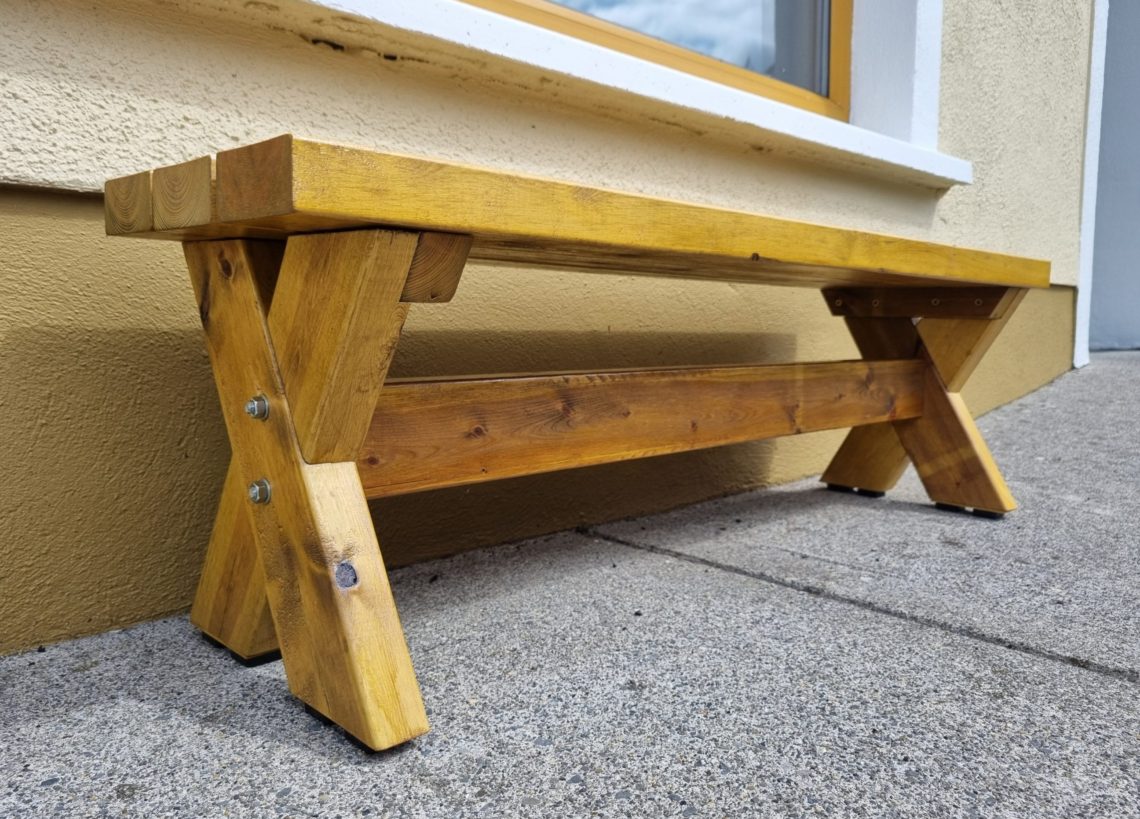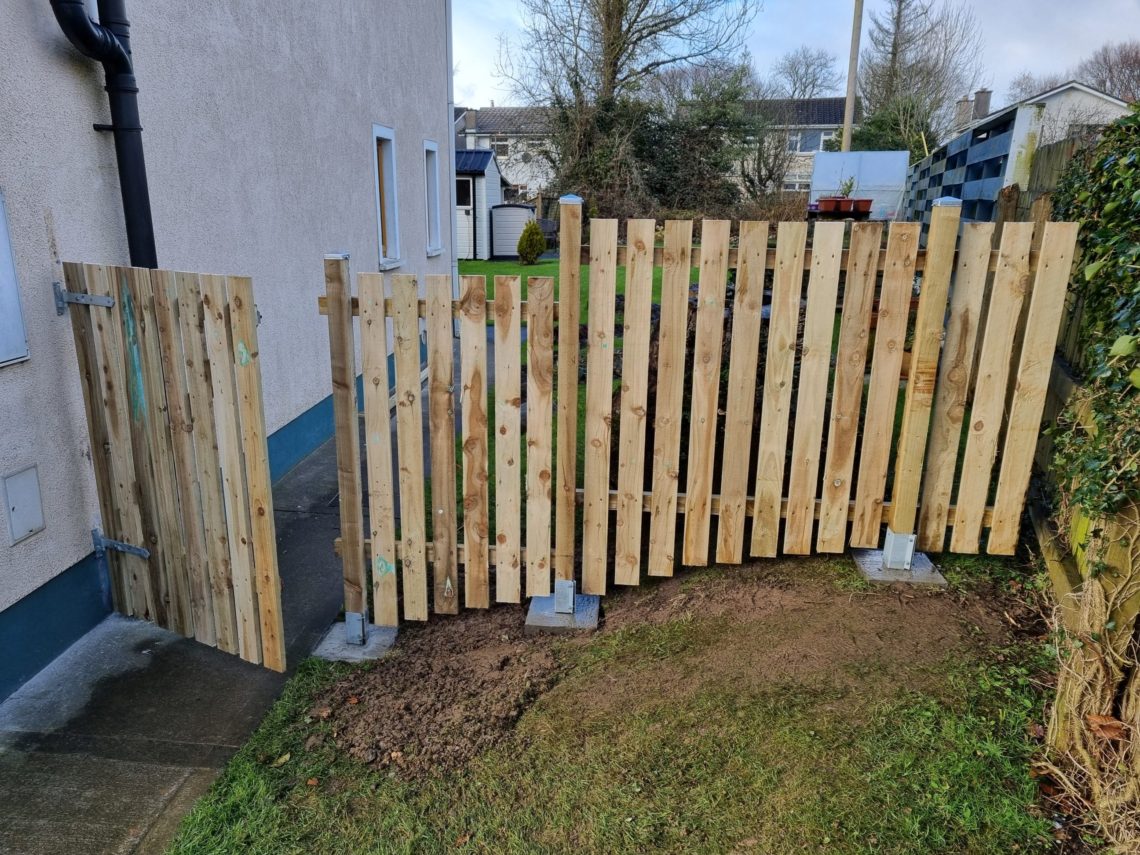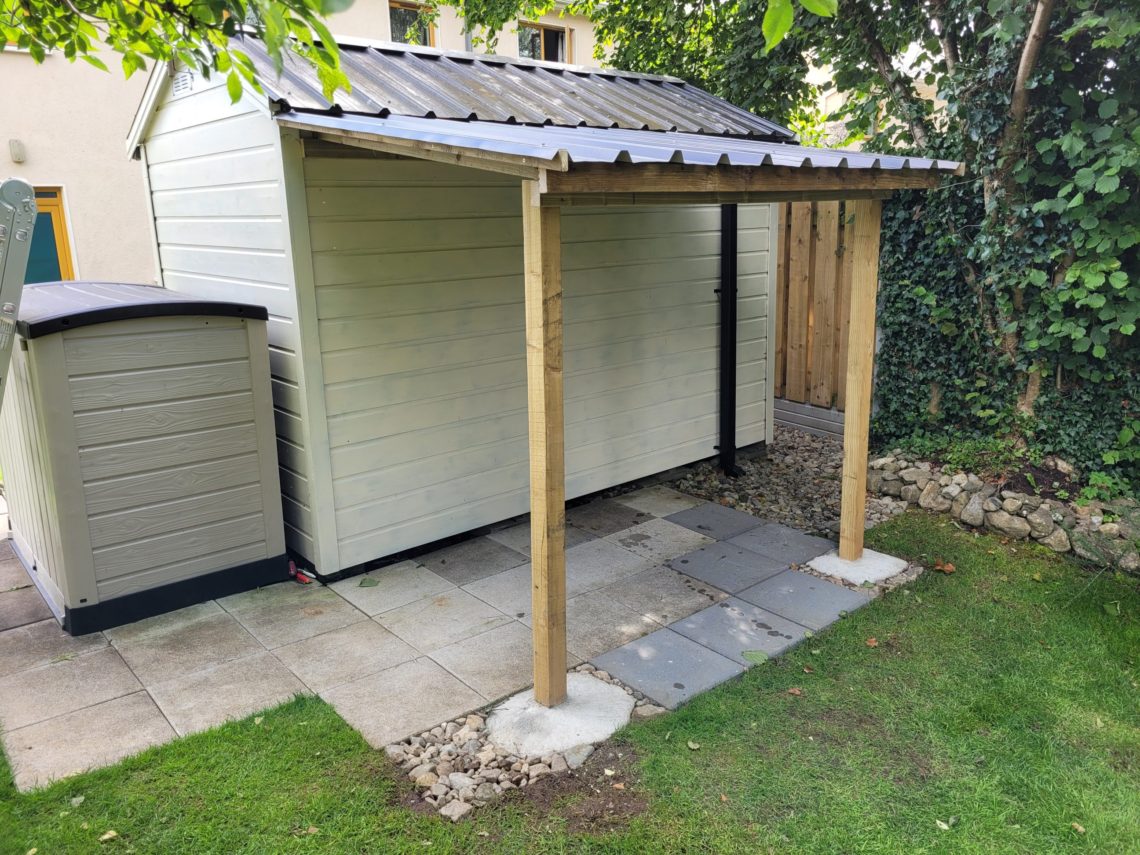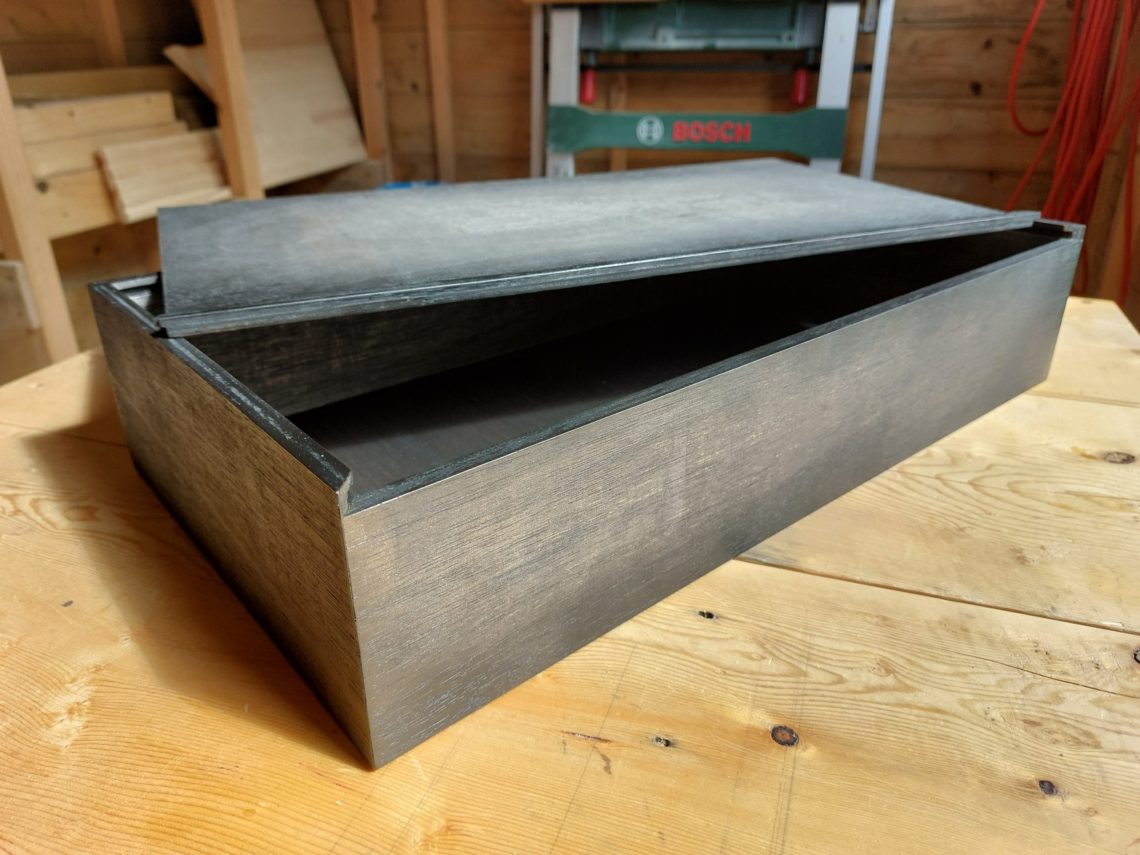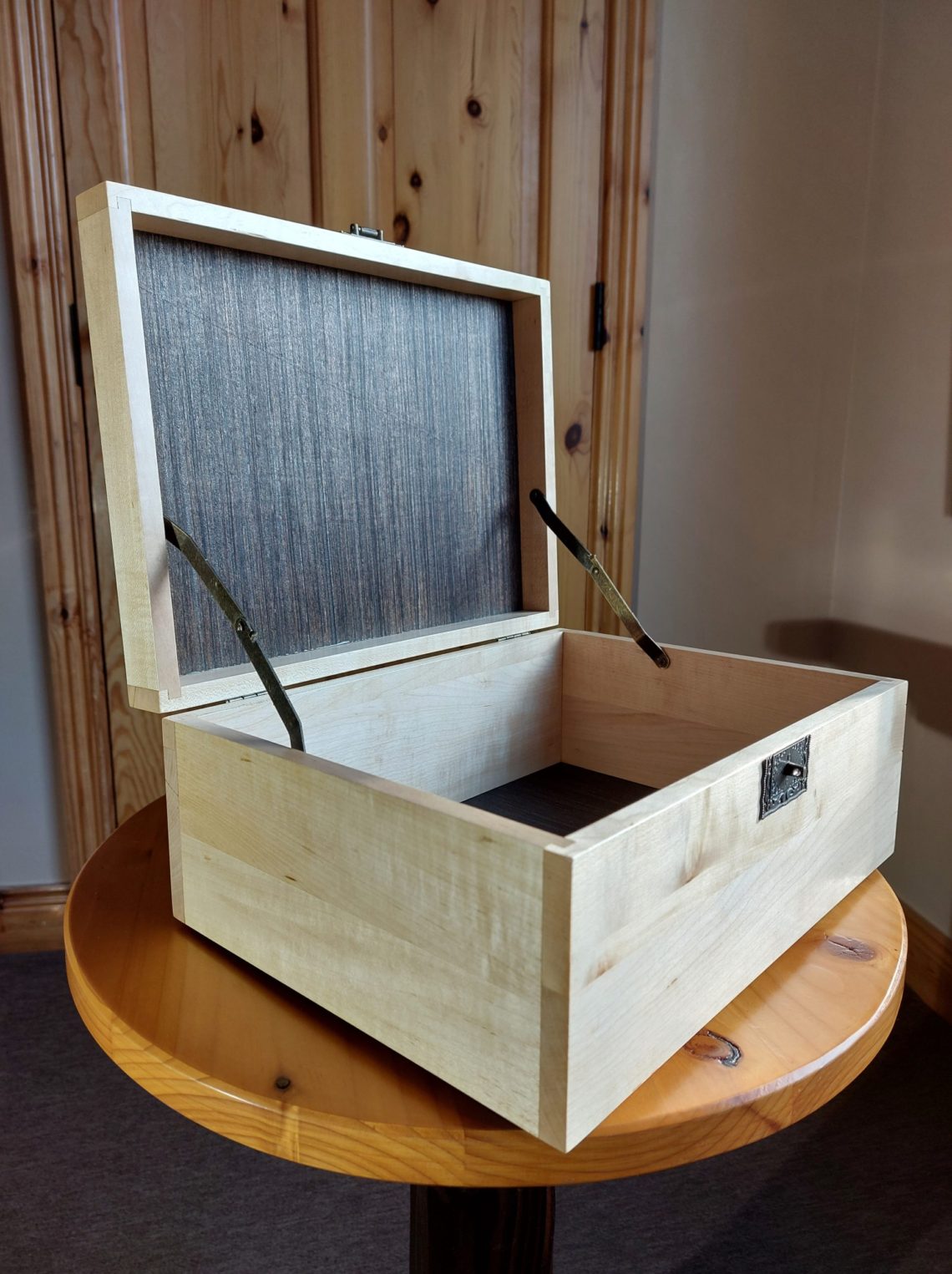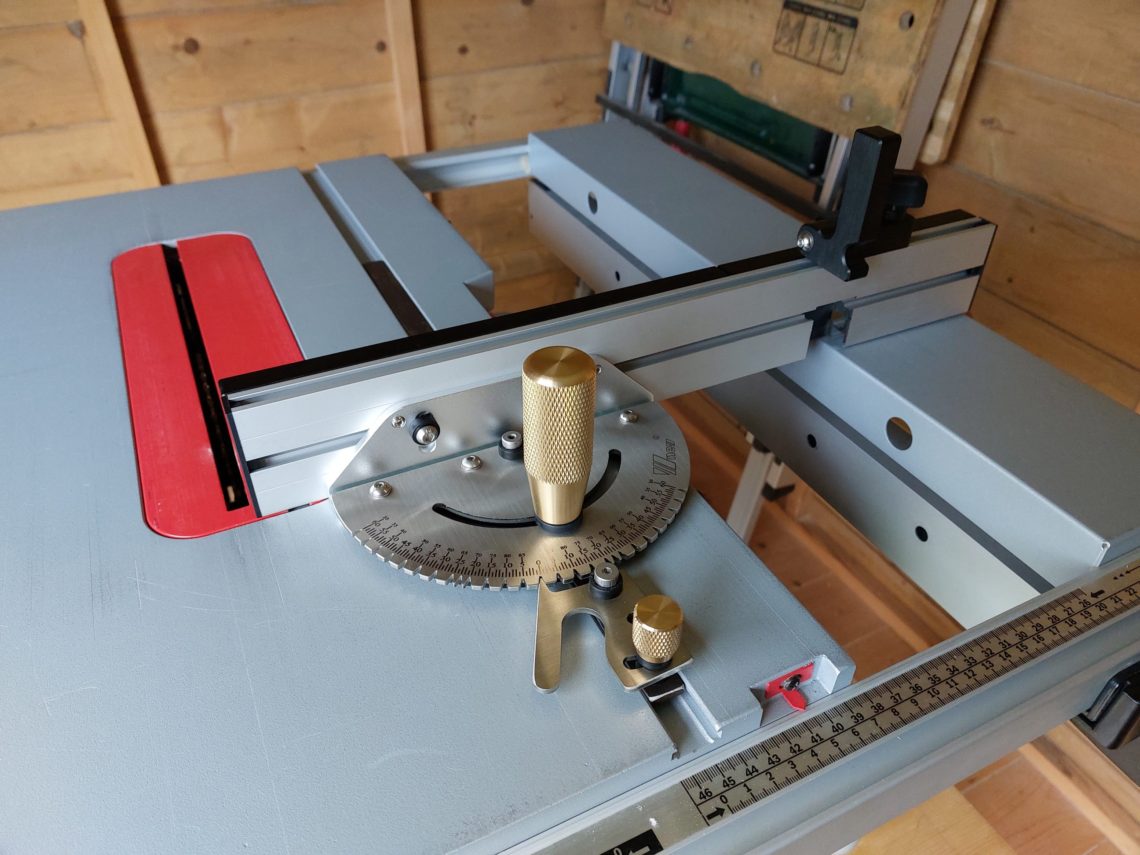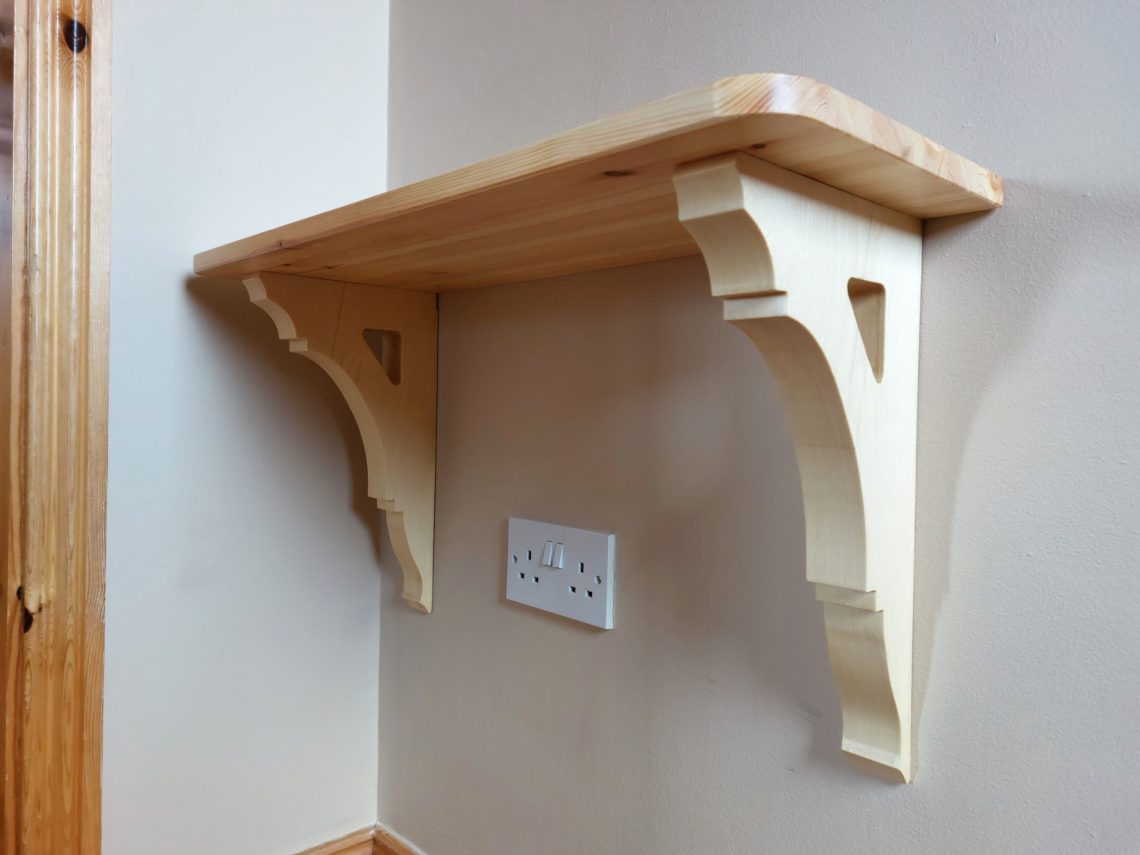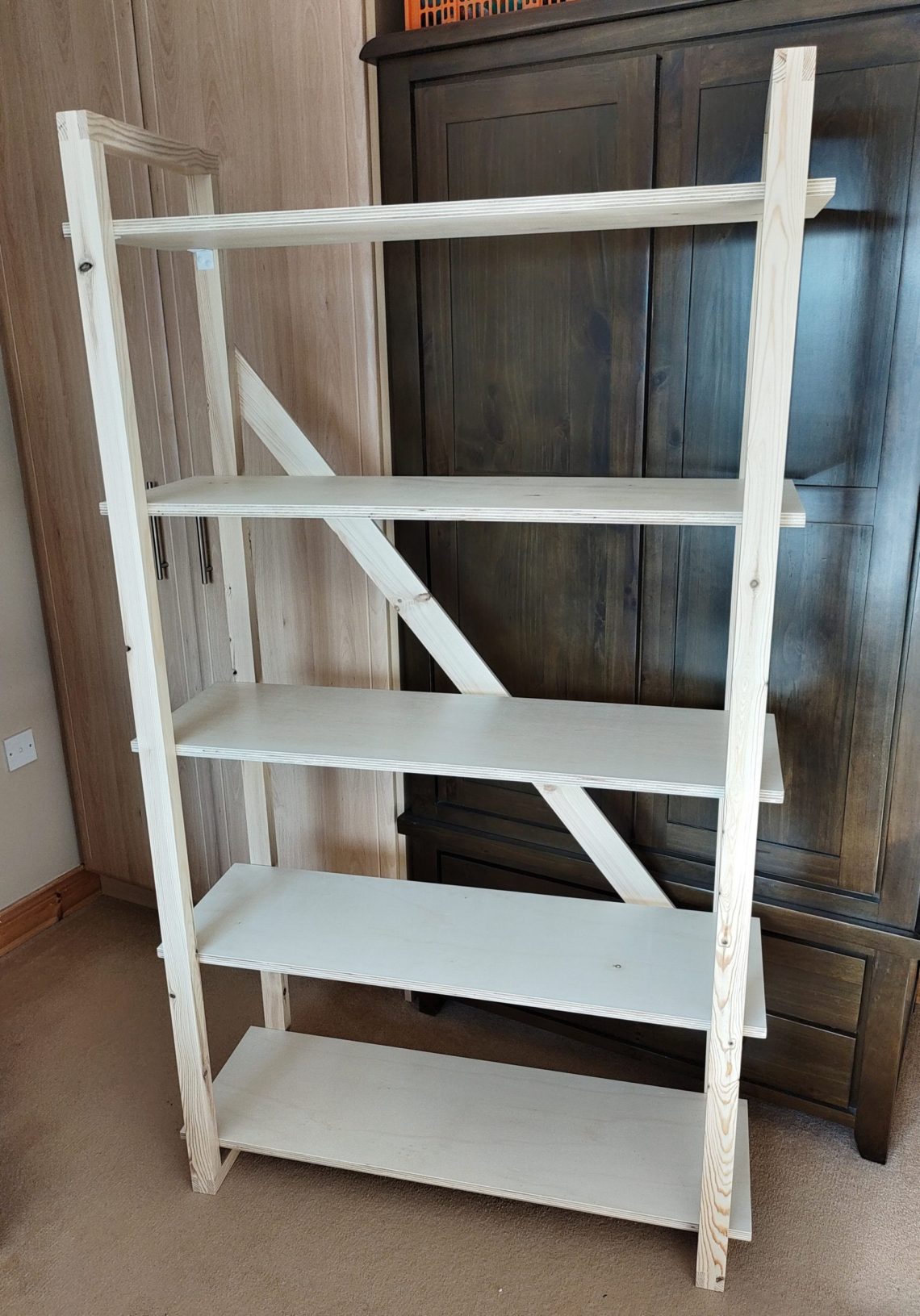-
2×4 cross-legged bench
The bench is made entirely from 2×4 treated timber, assembled with screws, except for the stretcher, which incorporates two threaded bars extending from one side to the other, securing both legs with nuts and washers. Although its design resembles a dining bench, its height is not suitable for table use. However, it is ideal for a patio, porch, or as a sunbathing seat. It provides a welcoming spot for someone to sit and greet returning loved ones with a smile. The durable finish in antique pine colour makes it an excellent addition for the front of my newly painted house.…
-
Wooden fence with a gate
I am not a big fan of wooden fences with posts set directly in the ground, whether in a concrete base or wrapped in a plastic membrane. That makes them difficult to replace or repair. Easy maintenance was the primary factor influencing this build, but other considerations included improving existing ideas. It turned out that the old stakes were set too shallow in the ground (less than 1 foot!), hammered straight in with no rubble or concrete! I needed something more professional. What I had in mind was a properly anchored fence made from pressure-treated timber, with a few galvanised…
-
Lean-to roof
Probably the biggest project I’ve ever undertaken, both in terms of dimensions and cost. I had to acquire new skills and familiarise myself with new terminology, but fortunately, I already had most of the necessary tools in my workshop. I was aware that constructing a sturdy frame could pose a challenge, but it had to be done correctly. It needed to strike a balance between solidity and visual lightness, complementing the shed it was going to be attached to. Maintaining visual consistency between the existing structure and the new addition was one of the key objectives. Additionally, the lean-to had…
-
Mitred plywood box with a sliding lid
This box features a bottom panel that sits in a groove, as well as a sliding lid. The corners are mitred and the entire assembly is held together with glue alone, with no metal fasteners. The glue-up process was quick and easy, requiring only blue painter’s tape and light-duty spring clamps. The only challenge was cutting all the pieces to the correct length, width and angle which meant precision. Fortunately, all the cuts were tear-out-free even without taping over the cut lines. I’m not sure if I achieved these professional results due to a good blade or just plain luck.…
-
Storage case, from a tree to a box
There is a long story behind this box, the timber it’s made from, to be precise. But like any long story, this one too can be told relatively short. I cut down a tree and milled up my own timber using basic tools. That would be it. The box itself looks just like any other box, but along with the story, creates a story project. I like the fact that the box is made from a tree that gave me some shade during summertime and not everything turned into firewood when that sycamore was cut down. Probably it would be…
-
Professional mitre gauge with a 16 mm bar
This is the 2nd attempt at improving the mitre gauge for my Bosch table saw. A much larger, heavier, more accurate and equipped with a box joint jig mitre gauge required a bar that would fit into a 16 mm slot. I tried to duplicate the one it came with, changing only the width. My table saw has non-standard 16 mm (5/8″) slots and it initially comes with a cheap mitre gauge. A few years ago I replaced the aluminium bar with a mild steel one, it’s worked absolutely fine being gentle for the slots, there are no signs of…
-
Corbel shelf
Both corbels are made from upcycled material, but I saved some time by buying a board for the top instead of making it myself. The shelf is put together with dowels and glue and that way there are no visible fasteners, not to mention its mounting brackets that are also hidden from sight. The corbels are thick and long, they dominate the shelf visually, giving an illusion of sturdiness. Because the shelf is made of softwood, it’s naturally light and all the force that the brackets can take is left for what is going to be put on the shelf.…
-
Bookcase
This is a simple but quite sturdy construction, it has a modern, industrial look, and it can be disassembled and moved by one person. The plywood shelves are perfect for supporting heavy items, like books, that’s why this bookcase uses them instead of solid wood boards, which had to be thicker to support the same weight. The frame is designed to be rigid and not to take up much space. All the metal braces and screw heads are either painted white or covered with white caps. This bookcase was relatively easy to make – the hardest part was the cutting…
-
Improved circular saw jig
It’s based on the previous version, but the capacity and functionality are improved. The front and the back pairs of blocks are replaced by longer risers. This is specifically important for the front, where there is no big gap now, and I can cut shorter pieces. Both ends of the workpiece are always supported with the left and right side of the jig and that increases accuracy too. The capacity is also bigger, and it’s been increased from about 34 to 50 mm (about 1 1/2 to 2 inches). This is the maximum blade position at the same time if…
-
Large round planter
They are quite expensive to buy and relatively easy to make. Since I could purchase cut-to-length timber, that fitted into my boot at a good price I took up the challenge to make a wooden planter. I got 18 pieces of timber, 529 x 97 x 40 mm cut from 2 full lengths of 4.8 m each. Those were way too long for any car, that’s why it was important to get the timber cut to more manageable sizes. I used 14 pieces for the walls and the remaining 4 were supposed to be used for the bottom. However, I…
